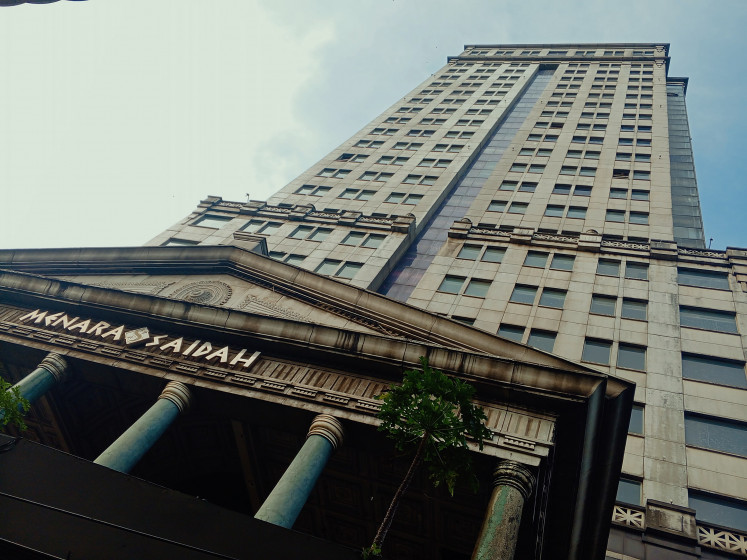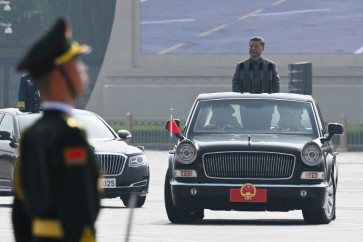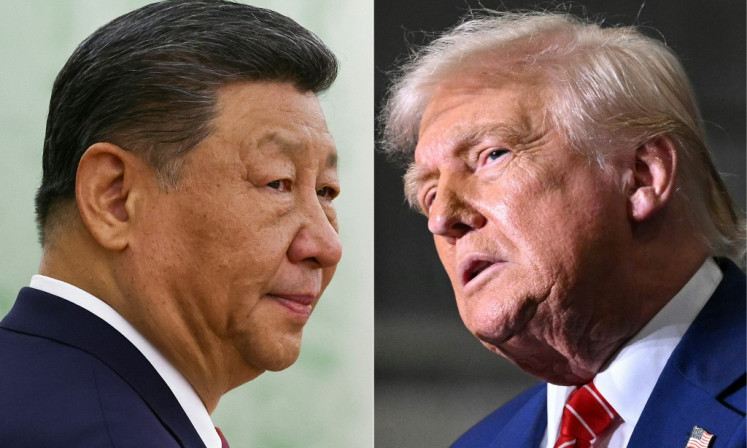Popular Reads
Top Results
Can't find what you're looking for?
View all search resultsPopular Reads
Top Results
Can't find what you're looking for?
View all search resultsThe powerful effects of the Matrix
The Matrix marked a significant break in Hollywood, after which blockbusters entered the era of "green screen" filmmaking in which special effects became omnipresent.
Change text size
Gift Premium Articles
to Anyone
B
ullets that defy gravity and time, code falling like rain down the screen -- the visual effects of the original Matrix movie quickly became iconic upon its release in 1999.
As the fourth instalment The Matrix Resurrections hits cinemas next week, millions are eager to return to the story of Keanu Reeves' Neo as he tries to unpick what is real and what is a computer-generated simulation.
Coming 19 years after the last film, it has been a reminder of the dramatic impact the original trilogy had on Hollywood.
Its most visual influence was "bullet time" -- the super slow-motion effect which saw Neo duck and dance around bullets as they sliced past him -- which became a staple of video games and action films.
Its roots are partly French -- a simpler version was deployed by Paris-based effects company Buf and director Michel Gondry on a music video for "Like a Rolling Stone" by the Rolling Stones in 1995.
Buf ended up working on three of the four Matrix movies, after the directors, the Wachowskis, had the idea of applying the fledgling technique to fight scenes.
In essence it takes still photographs from dozens of individual cameras and splices them together to create the impression of "a moving camera in a frozen world," explained Buf's Dominique Vidala.



















